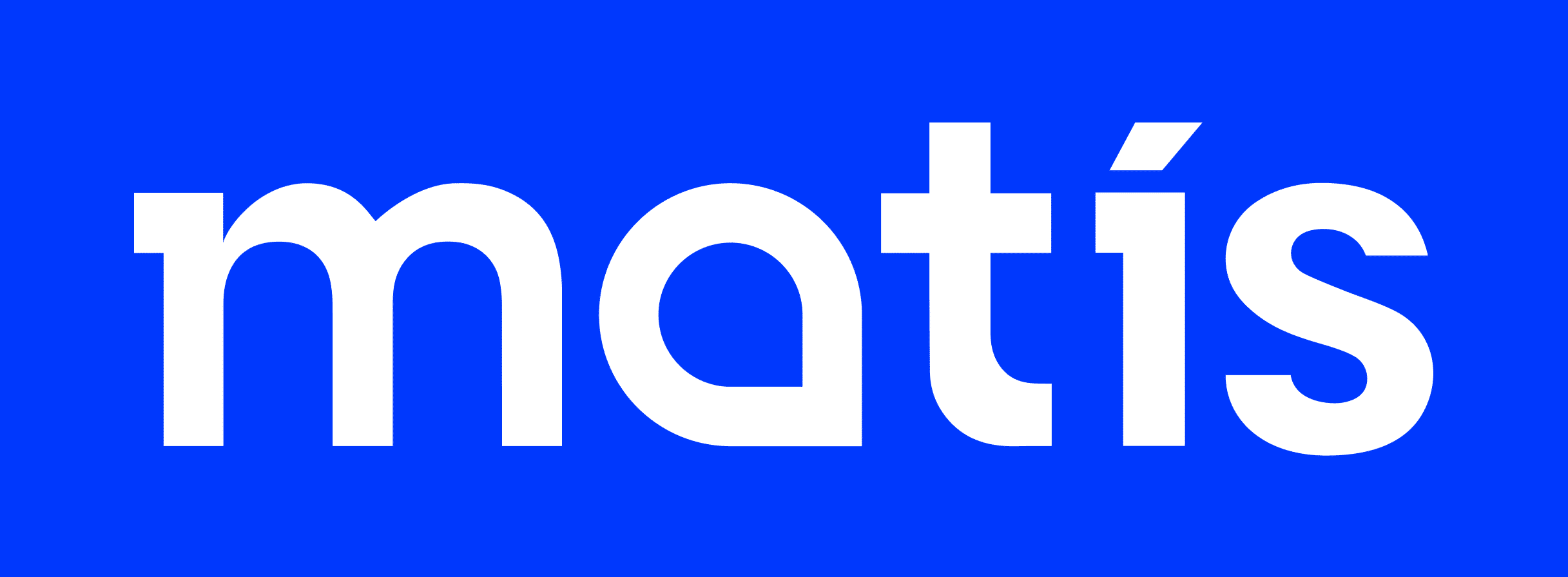Novel thermophilic heterotrophic bacteria were isolated from the subsurface of the volcanic island Surtsey off the south coast of Iceland. The strains were isolated from tephra core and borehole fluid samples collected below 70 m depth. The Gram-negative bacteria were rod-shaped (0.3-0.4 µm wide, 1.5-7 µm long), aerobic, non-sporulating and non-motile. Optimal growth was observed at 70 °C, at pH 7-7.5 and with 1% NaCl. Phylogenetic analysis identified the strains as members of the genus Rhodothermus. The type strain, ISCAR-7401T, was genetically distinct from its closest relatives Rhodothermus marinus DSM 4252T and Rhodothermus profundi PRI 2902T based on 16S rRNA gene sequence similarity (95.81 and 96.01%, respectively), genomic average nucleotide identity (73.73 and 72.61%, respectively) and digital DNA-DNA hybridization (17.6 and 16.9%, respectively). The major fatty acids of ISCAR-7401T were iso-C17:0, anteiso-C15:0, anteiso-C17:0 and iso-C15:0 (> 10 %). The major isoprenoid quinone was MK-7 while phosphatidylethanolamine, diphosphatidylglycerol, an unidentified aminophospholipid and a phospholipid were the predominant polar lipid components. Based on comparative chemotaxonomic, genomic and phylogenetic analyzes, we propose that the isolated strain represents a novel species of the genus Rhodothermus with the name Rhodothermus bifroesti sp. nov. The type strain is ISCAR-7401T(= DSM 112103T= CIP 111906T).
Author: Kristín Edda Gylfadóttir
This paper summarizes the lessons learned from the implementation of a practical approach to Results-based Management (RBM) within the EU H2020 FarFish project, where RBM is conceptualized as a contract situation. From these lessons a set of policy recommendations for the improvement of the fisheries management through the adoption of RBM for EU vessels fishing in international- and Sustainable FisheriesPartnership Agreements (SFPA) waters were put forward. The policy recommendations are based on key project outputs and additional semi-structured interviews on the experiences of project partners. This exercise revealed advancements and shortcomings for the broader implementation of a more participatory, inclusive, and responsive approach to fisheries governance. Meaningful and effective participation was a pivotal factor for the success of the process. Absence of relevant bodies, sectors and fleet segments proved detrimental throughout all cases. The importance of scoping, goal setting and timing of the actions, as well as managing realistic expectations within the RBM, were highlighted. Data availability and accountability was pivotal, as in cases where cooperation was successful, data was made available, and knowledge was expanded and enriched. The implementation of this approach to RBM showed great potential when extended to other aspects of fisheries' management, fishing categories and fleets. This structured approach to RBM provides a promising alternative to current fisheries management systems around the world.
This study describes the structure of DNA polymerase I from Thermus phage G20c, termed PolI_G20c. This is the first structure of a DNA polymerase originating from a group of related thermophilic bacteriophages infecting Thermus thermophilus, including phages G20c, TSP4, P74-26, P23-45 and phiFA and the novel phage Tth15-6. Sequence and structural analysis of PolI_G20c revealed a 3′–5′ exonuclease domain and a DNA polymerase domain, and activity screening confirmed that both domains were functional. No functional 5′–3′ exonuclease domain was present. Structural analysis also revealed a novel specific structural motif, here termed SβαR, that was not previously identified in any polymerase belonging to the DNA polymerases I (or the DNA polymerase A family). The SβαR motif did not show any homology to the sequences or structures of known DNA polymerases. The exception was the sequence conservation of the residues in this motif in putative DNA polymerases encoded in the genomes of a group of thermophilic phages related to Thermus phage G20c. The structure of PolI_G20c was determined with the aid of another structure that was determined in parallel and was used as a model for molecular replacement. This other structure was of a 3′–5′ exonuclease termed ExnV1. The cloned and expressed gene encoding ExnV1 was isolated from a thermophilic virus metagenome that was collected from several hot springs in Iceland. The structure of ExnV1, which contains the novel SβαR motif, was first determined to 2.19 Å resolution. With these data at hand, the structure of PolI_G20c was determined to 2.97 Å resolution. The structures of PolI_G20c and ExnV1 are most similar to those of the Klenow fragment of DNA polymerase I (PDB entry 2 kzz) from Escherichia coli, DNA polymerase I from Geobacillus stearothermophilus (PDB entry 1 knc) and Taq polymerase (PDB entry 1 bgx) from Thermus aquaticus.
This study describes the production, characterization and structure determination of a novel Holliday junction-resolving enzyme. The enzyme, termed Hjc_15-6, is encoded in the genome of phage Tth15-6, which infects Thermus thermophilus. Hjc_15-6 was heterologously produced in Escherichia coli and high yields of soluble and biologically active recombinant enzyme were obtained in both complex and defined media. Amino-acid sequence and structure comparison suggested that the enzyme belongs to a group of enzymes classified as archaeal Holliday junction-resolving enzymes, which are typically divalent metal ion-binding dimers that are able to cleave X-shaped dsDNA-Holliday junctions (Hjs) . The crystal structure of Hjc_15-6 was determined to 2.5 Å resolution using the selenomethionine single-wavelength anomalous dispersion method. To our knowledge, this is the first crystal structure of an Hj-resolving enzyme originating from a bacteriophage that can be classified as an archaeal type of Hj-resolving enzyme. As such, it represents a new fold for Hj-resolving enzymes from phages. Characterization of the structure of Hjc_15-6 suggests that it may form a dimer, or even a homodimer of dimers, and activity studies show endonuclease activity towards Hjs. Furthermore, based on sequence analysis it is proposed that Hjc_15-6 has a three-part catalytic motif corresponding to E-SD-EVK, and this motif may be common among other Hj-resolving enzymes originating from thermophilic bacteriophages.





